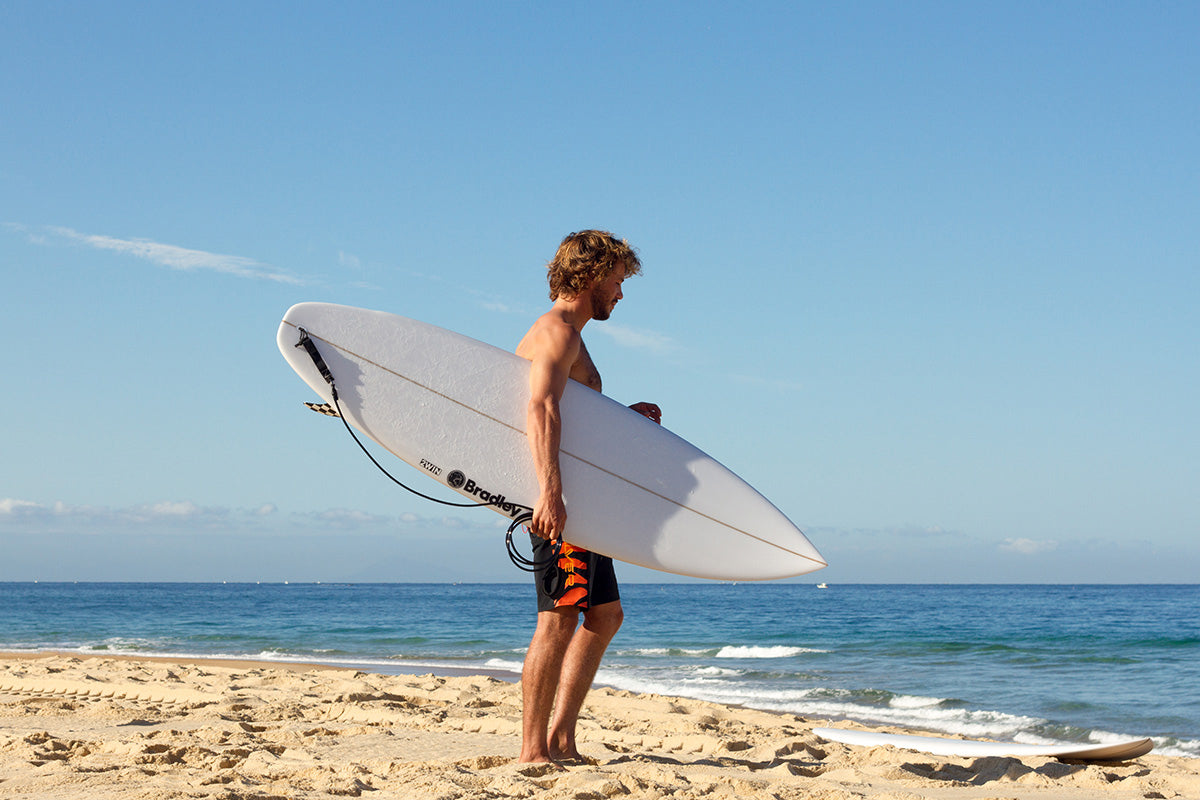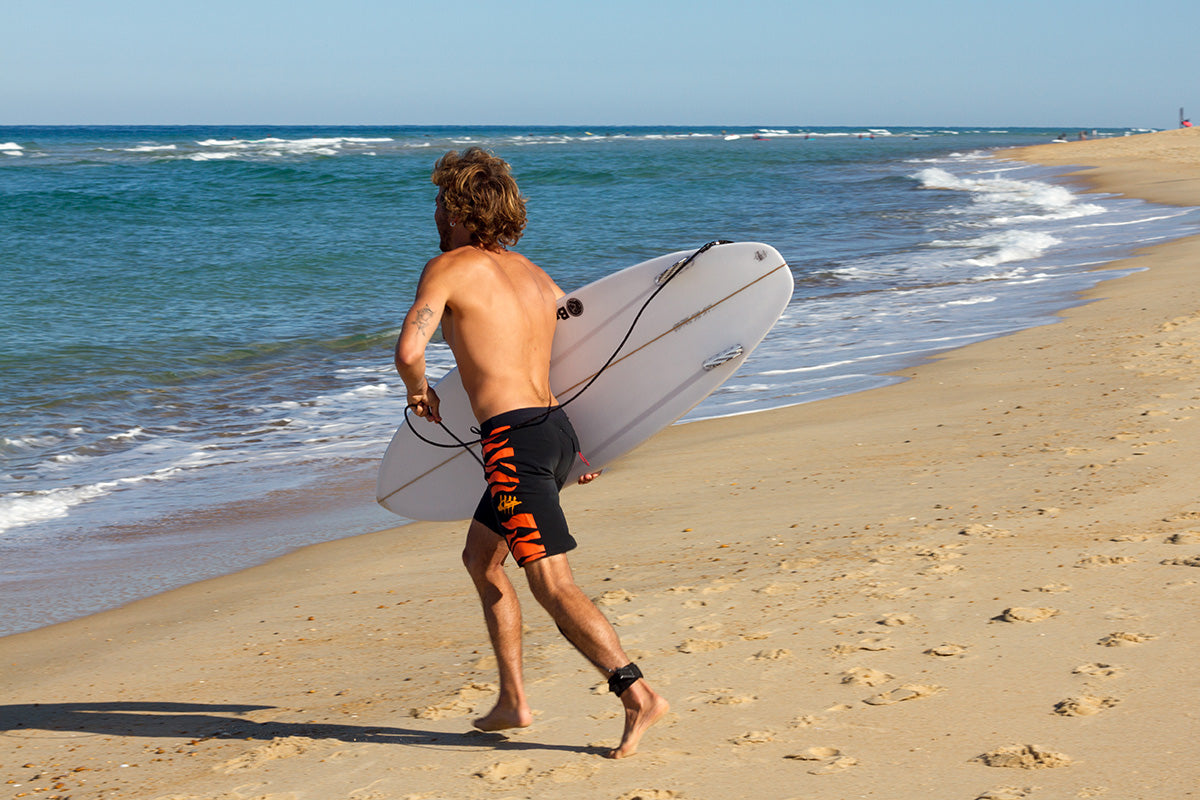Best for
Wave Size
Surfer Ability
WAVE TYPE
TECHNOLOGY
Christiaan Bradley Surfboard 2win

| Length | Width | Thickness | Volume |
|---|---|---|---|
| 5'11 | 19 1/4 | 2 1/2 | 29.6L |
| 5'7 | 18 3/4 | 2 3/8 | 25.8L |
| 5'9 | 19 | 2 7/16 | 27.6L |
| 6'1 | 19 1/2 | 2 9/16 | 31.6L |
| 6'3 | 19 3/4 | 2 5/8 | 33.6L |
| 6'4 | 20 3/8 | 2 3/4 | 37L |
| 6'5 | 20 | 2 3/4 | 36.6L |
Christiaan Bradley Surfboard 2win Specs

Bottom Contour
Single to double concave.

Rocket
Medium entry rocker to low exit.

Rails
Performance to medium rails

Outline
Thumb tail with flyers.

Fins
Twin






